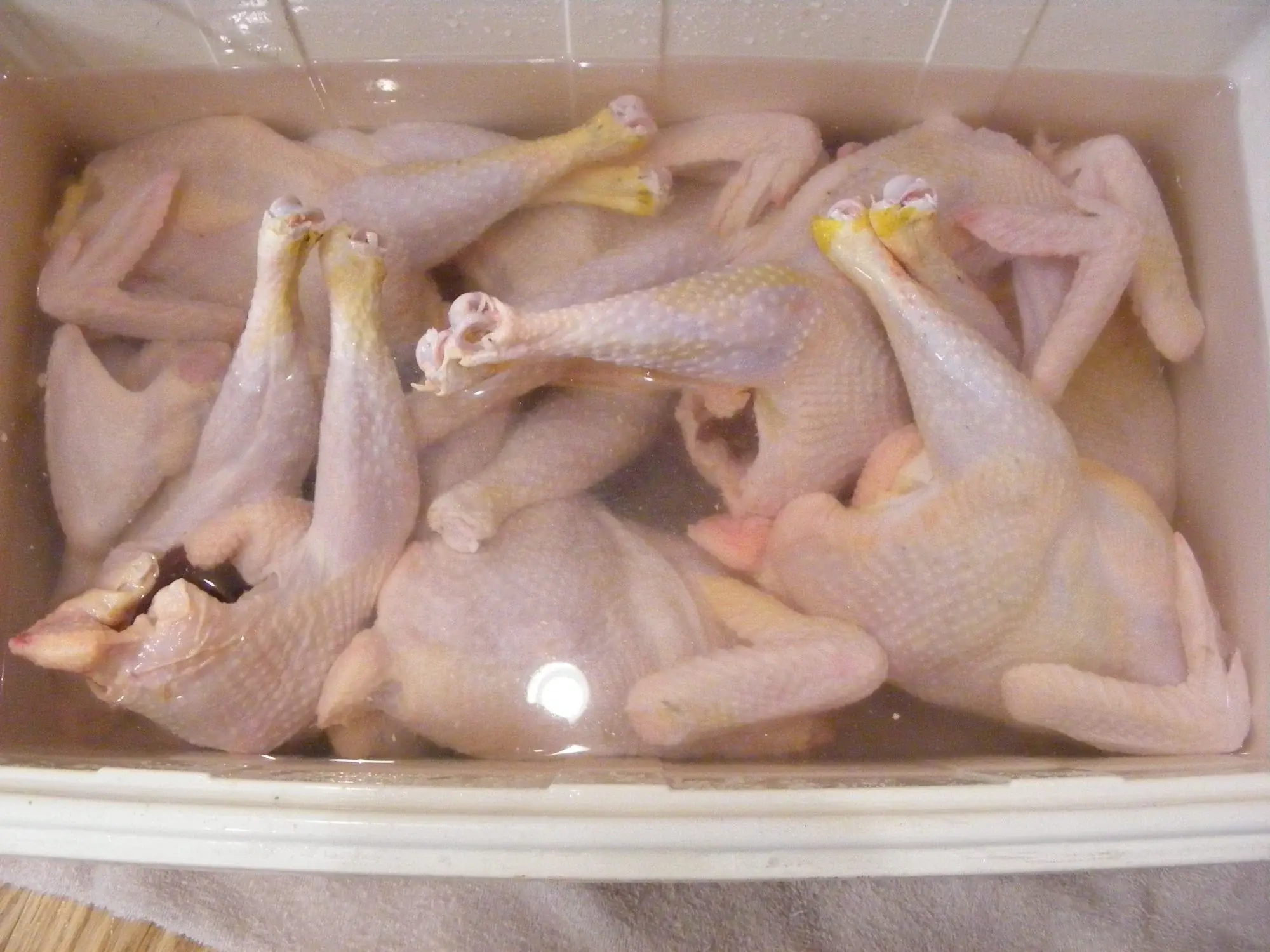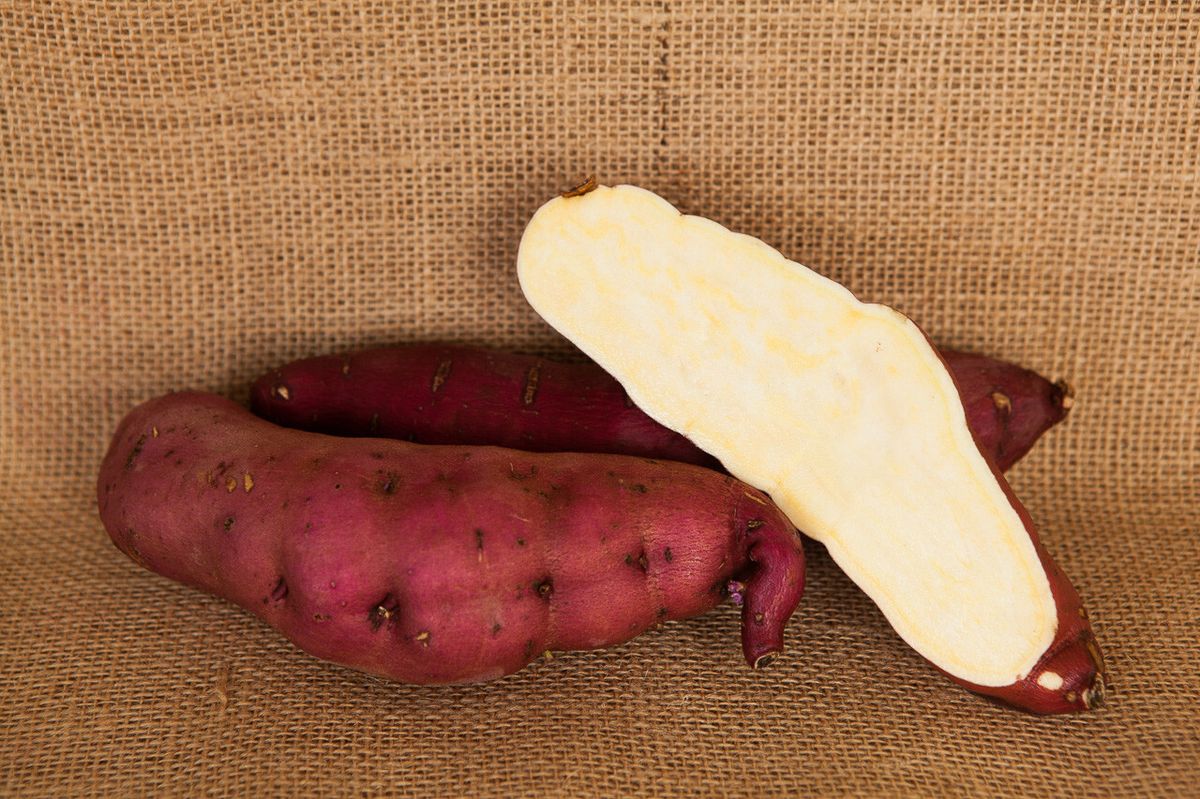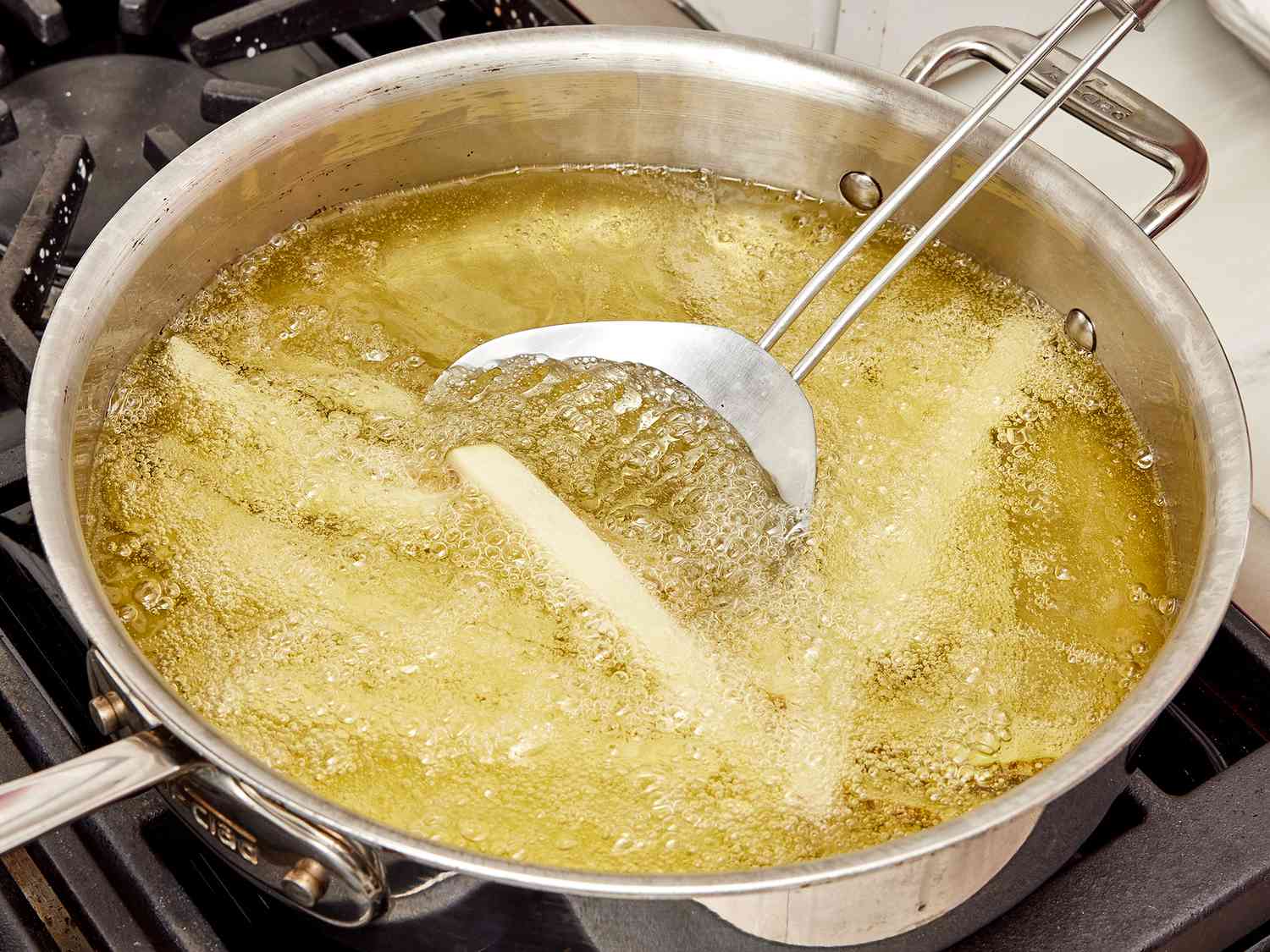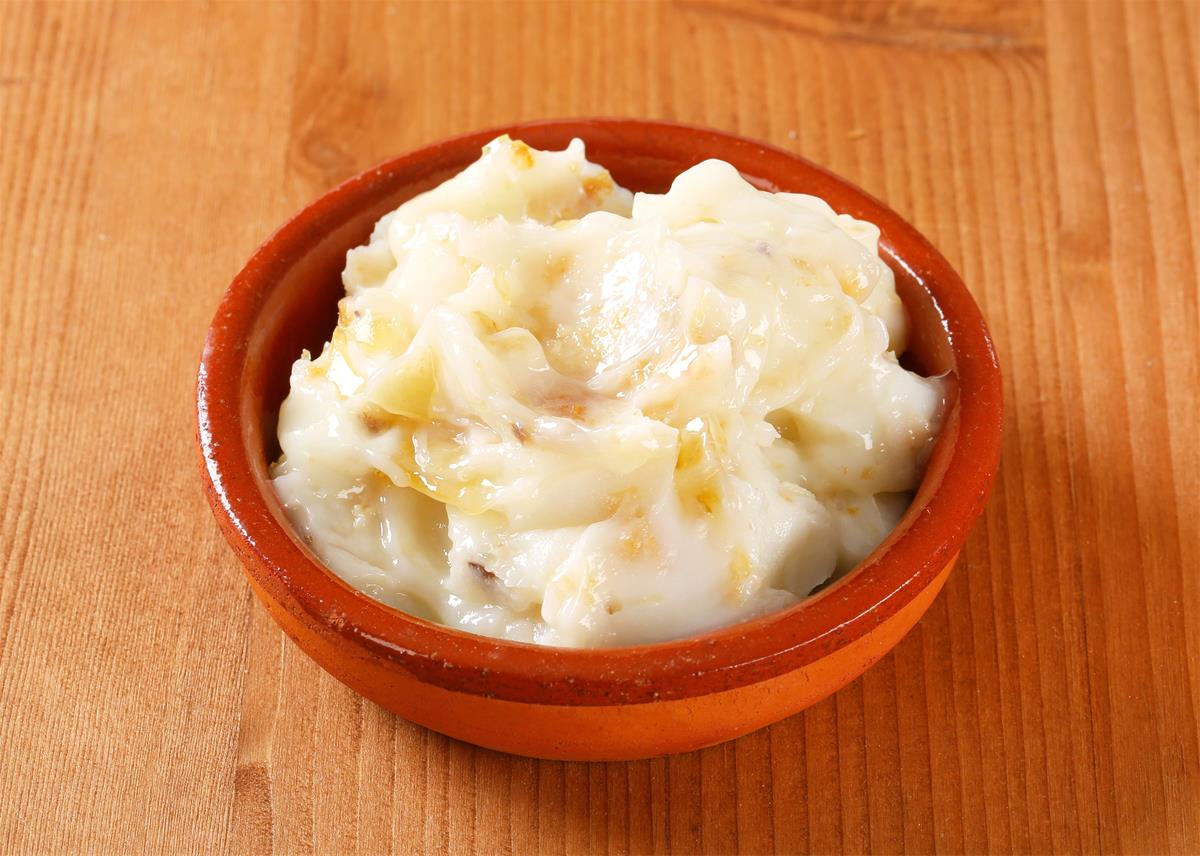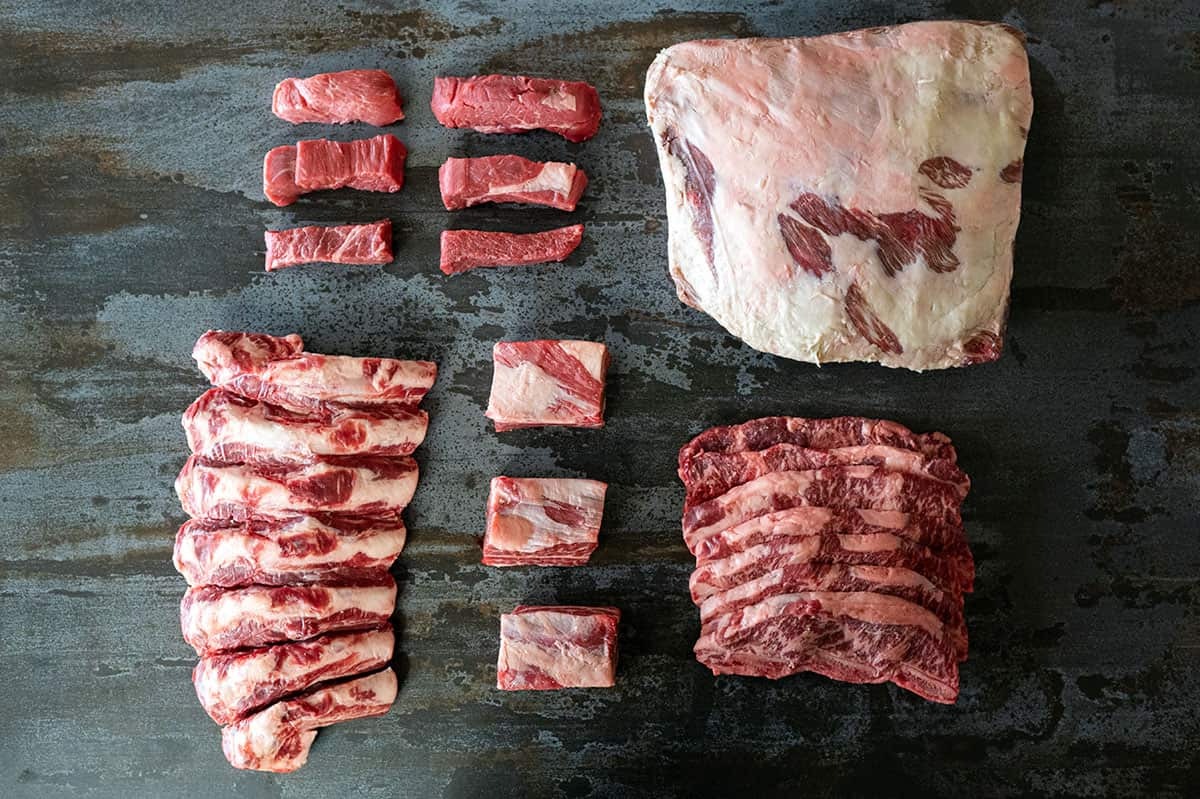When it comes to making delicious homemade tortillas, having the right tools can make all the difference. One essential tool for crafting perfect tortillas is a tortilla press. But what exactly is a tortilla press, and what is its name in different parts of the world? Let's explore the fascinating world of tortilla presses and their various names.
What Is a Tortilla Press?
A tortilla press is a simple yet ingenious kitchen tool used to flatten balls of masa (dough) into perfectly round, thin discs that are then cooked to make tortillas. Traditionally made of cast iron or wood, a tortilla press consists of two flat, round surfaces hinged together. When the handle is pressed down, it applies even pressure to the masa, transforming it into a uniform tortilla ready for cooking.
Names of Tortilla Press Around the World
While the term "tortilla press" is commonly used in English-speaking countries, different regions and cultures have their own names for this essential kitchen tool. Here are some of the names used for tortilla presses around the world:
- Mexico: In its country of origin, Mexico, a tortilla press is known as a tortilladora or prestadora de tortillas.
- Central America: In Central American countries such as Guatemala and El Salvador, it is often referred to as a tortilladora.
- South America: In South American countries like Colombia and Venezuela, it may be called a prensa de tortillas.
- Spain: In Spain, a tortilla press is known as a prensa de tortillas or simply prensa.
The Importance of a Tortilla Press
Using a tortilla press offers several advantages when making tortillas at home. Here are a few reasons why a tortilla press is an indispensable tool for any kitchen:
- Consistency: A tortilla press ensures that each tortilla is uniformly thin and round, resulting in even cooking and a professional appearance.
- Time-Saving: With a tortilla press, you can quickly and efficiently flatten masa, saving time compared to using a rolling pin.
- Ease of Use: Even beginners can easily use a tortilla press to create perfect tortillas without the need for advanced culinary skills.
Conclusion
Whether you call it a tortilla press, tortilladora, or prensa de tortillas, this humble kitchen tool plays a crucial role in the creation of delicious, homemade tortillas. Its simplicity and effectiveness make it a must-have for anyone who enjoys preparing authentic Mexican cuisine or simply loves the taste of fresh, homemade tortillas. So, no matter what you call it, a tortilla press is an essential tool for anyone who wants to elevate their tortilla-making game.


